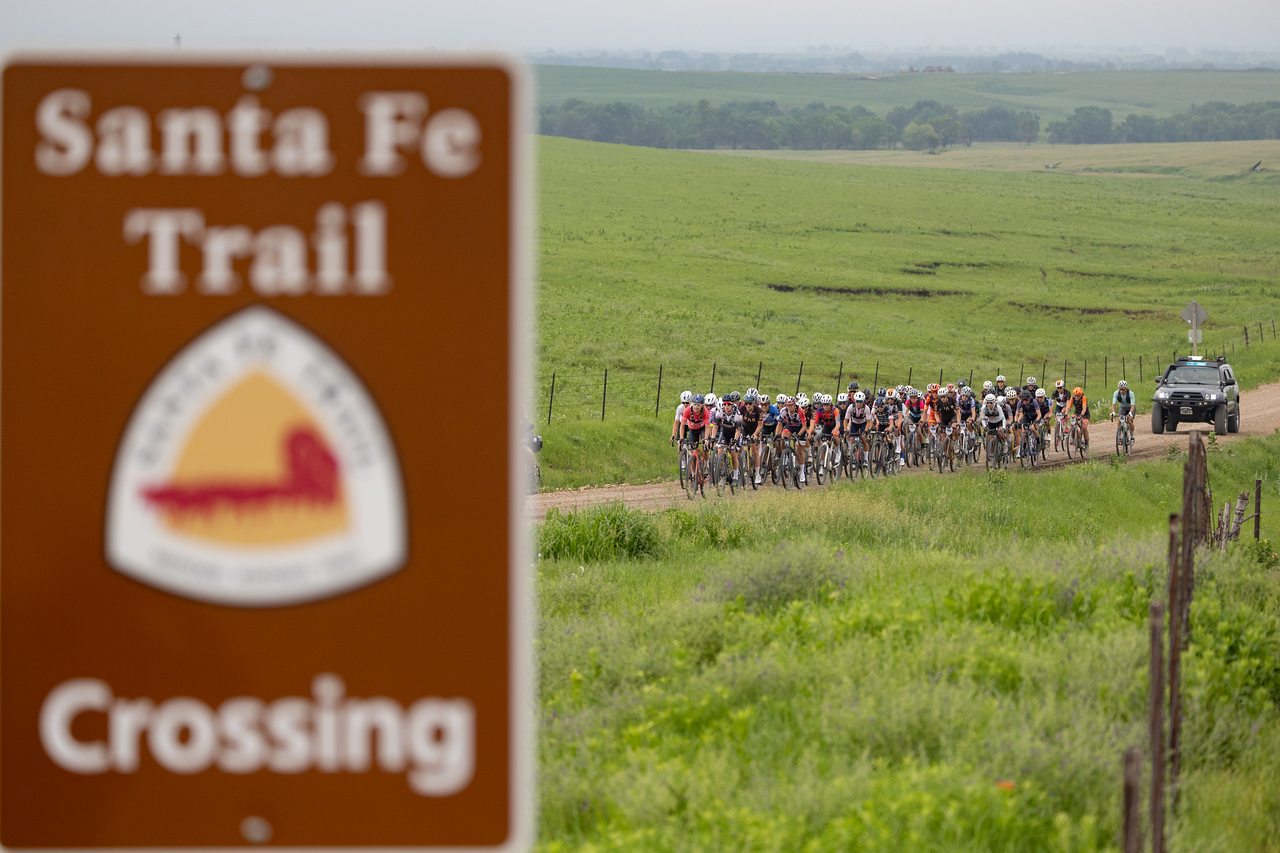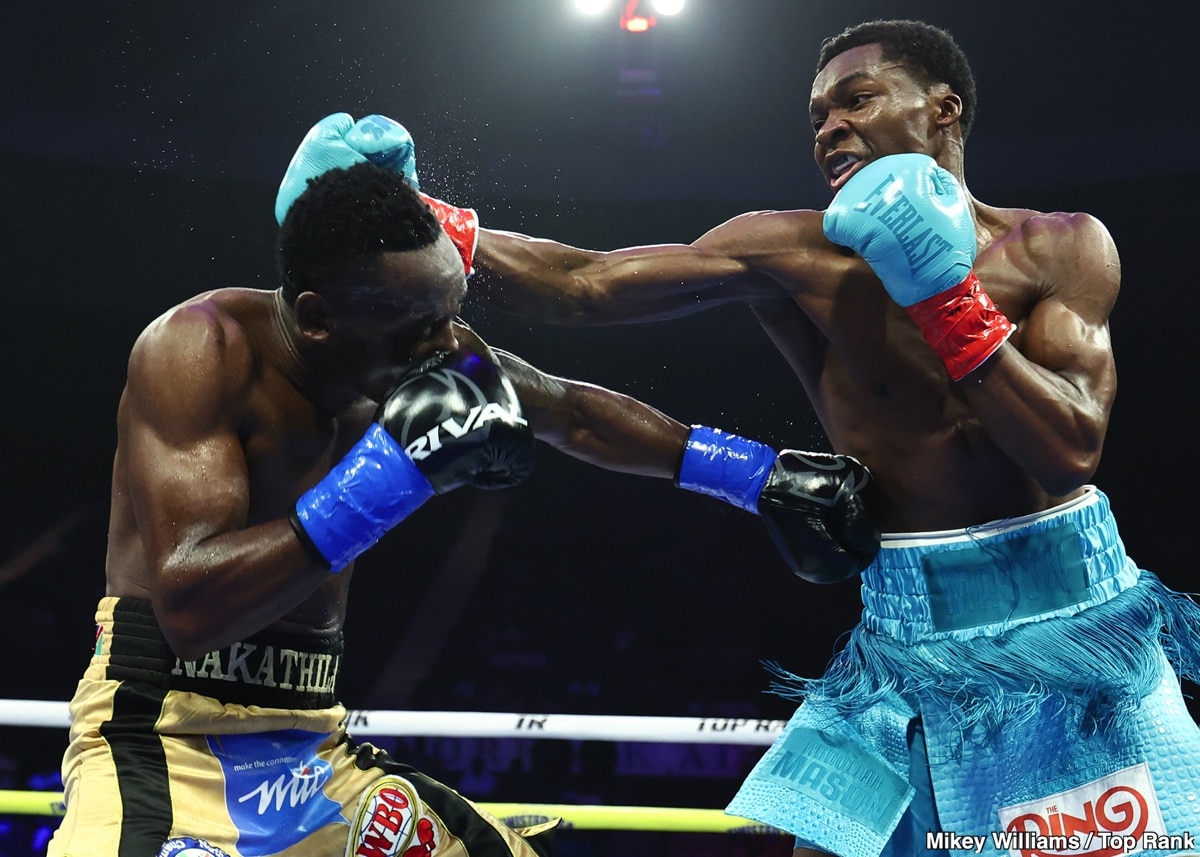;)
Do you know how to use the Rules to your advantage in these common situations?
Patrick Welsh
This content was first published in Golf Journal, a quarterly print publication exclusively for USGA Members. To be among the first to receive Golf Journal and to learn how you can ensure a strong future for the game, become a USGA Member today!
ASK GOLFERS HOW the Rules of Golf impact their round, and almost all will say that they add strokes to their score. It’s not an unreasonable perspective. We are conditioned, especially in sports, to view rules as things to avoid breaking so we won’t be assessed some sort of penalty.
An offensive lineman holding a defensive end? Ten-yard penalty. Whack a player’s arm on his way up for a layup? Two-shot foul. A catcher’s glove interferes with a batter’s swing? Automatic first base.
Yes, there are penalizing elements of the Rules of Golf, but that’s not the end of the matter. Knowing the situations where the Rules can be used to your advantage can save you from difficult predicaments, and it’s a great way to enhance your golf experience and maybe even lower your score.
Are you taking advantage of these scenarios when you tee it up?
;)
Patrick Welsh
Right-handed player taking relief for playing a left-handed shot
THE SCENARIO: An errant tee shot comes to rest beside a tree that impedes your ability to take your normal swing. You decide your best option is to punch the ball back into play using a left-handed swing but in doing so, you’re now standing on the cart path.
THE QUESTION: Since a left-handed swing is not your normal stance, would you be allowed to take free relief from the cart path?
THE ANSWER: Yes, because using an abnormal swing doesn’t preclude you from taking relief as long as the stroke you’re trying to make isn’t clearly unreasonable. Proceed by finding the nearest point of complete relief using a left-handed stroke. From that spot, you get a one-club-length relief area to drop the ball in.
The best part? After completing the relief procedure, you are then free to use a normal right-handed swing.
;)
Patrick Welsh
Re-tee a ball in play in the teeing area
THE SCENARIO: You topped your drive, but the ball comes to rest in the teeing area.
THE QUESTION: Does this count as a stroke, and, if so, can you re-tee the ball for your next shot?
THE ANSWER: If you tried to hit the ball, then you made a stroke by definition and are lying one. But when the ball is in play within the teeing area, which is defined as the area that extends 2 club-lengths behind the tee markers, you are allowed to lift and move the ball anywhere you want within that teeing area. That includes putting it back on the tee without penalty for your second shot.
;)
Patrick Welsh
Taking relief from the rough to the fairway
THE SCENARIO: You draw a bad lie in the rough, but a sprinkler head interferes with your stance. You wisely decide to take free relief. While your nearest point of complete relief is in the rough, you realize that your one club-length reaches the fairway.
THE QUESTION: Are you allowed to take free relief from the rough and drop it in the fairway?
THE ANSWER: Absolutely! In fact, this is the exact scenario used in Clarification 16.1/1 in the Rules of Golf to illustrate that this is permissible. The rough and fairway are part of the same area of the course – the General Area – and if taking relief results in you getting better conditions, then it’s your lucky day. Feel free to drop and take your next shot.
;)
Patrick Welsh
An immovable obstruction that’s in a penalty area
THE SCENARIO: Taking aim at the flagstick, your shot sails over the green and avoids the penalty area, but a bridge that’s in the penalty area is interfering with your next swing.
THE QUESTION: Do you get free relief from this obstruction even though it’s in the penalty area?
THE ANSWER: You’re allowed free relief from immovable obstructions anywhere on the course except when your ball is in the penalty area. If the ball were in the penalty area, there’d be no free relief from the bridge. But since this ball is not in the penalty area, free relief would be allowed.
It’s not about the location of the obstruction – it’s all about the location of the ball.
;)
Patrick Welsh
Free relief for ground under repair
THE SCENARIO: Your golf course is working on the drainage system in the middle of a fairway. Your tee shot avoids the marked-off repair area, but your stance doesn’t.
THE QUESTION: Can you take free relief when the ground under repair interferes with your stance and not your ball?
THE ANSWER: Ground under repair is treated the same as a cart path in that if you have interference with your lie, stance or swing, you can play it as it lies or take free relief by finding the nearest point of complete relief and dropping a ball within one club-length of that spot.
;)
Patrick Welsh
Accidentally move your ball while trying to find it
THE SCENARIO: You are searching for your ball off the fairway – and inadvertently interfere with the ball while doing so.
THE QUESTION: Is it a penalty if I accidentally move the ball while looking for it?
THE ANSWER: If you or anyone else accidentally moves your ball anywhere on the course while trying to find or identify it, there is no penalty. Simply replace the ball on its original spot. If you’re unsure of the exact spot, use your best judgment to estimate and play on.
;)
Patrick Welsh
Plugged ball
THE SCENARIO: A rainstorm left the course wet and soft. You crush your first tee shot down the middle of the fairway but when you get to your ball, you see that it’s plugged in its own pitch mark.
THE QUESTION: Am I allowed to pick the ball up and take a drop for my second shot or do I have to play it as it lies?
THE ANSWER: You could play it as it lies – but why when free relief is allowed? Take your drop within one club-length of the spot right behind the ball that’s in the general area. You also have the option to clean the ball or change it out for a new ball.
















